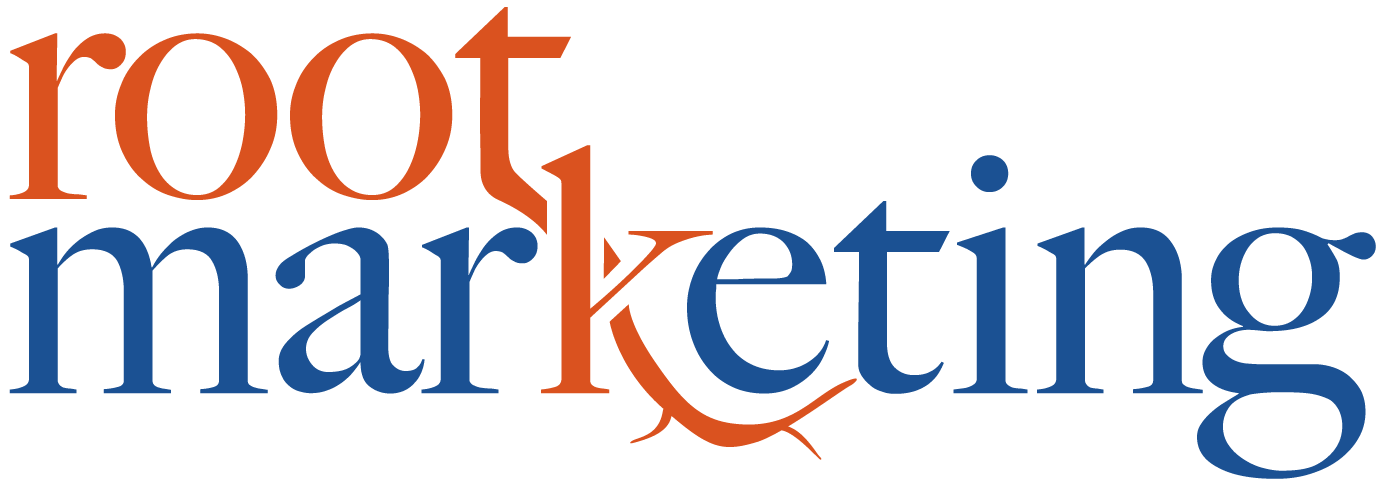Streamline Your Website Navigation: A Lesson from St. Patrick's Day 2000
At the risk of sounding like Sophia Petrillo, I invite you to picture it: Boston, St. Patrick’s Day, 2000. A 20-something girl balances precariously on a stool in a crowded bar. She turns to her right and sees a sitcom star on the next stool. Shocked, she says, “Hey, you’re that guy from the TV show!” He politely smiles and says, “Yeah, that’s me.”
In an Irish whisper, she replies, “I hate that show.” The actor shakes his head. Her friends help her down from the stool. They never cross paths again. That 20-something was me. And that actor was Anthony Clark from Yes, Dear.
Moral of the story?
What may seem like pertinent information that must be shared, often is not.
With festive St. Patty’s Day celebrations far behind me, the place I see this the most is in website navigation bars.
I know you think it’s essential for visitors to learn “About Our Company,” read your “Blog,” or view your “Previous Work.” You think it’s helpful to include a “Contact” tab and a “Resources” button at the top.
I assure you, it’s not.
Putting too many options in your navigation bar actually reduces the chances that visitors are going to take the one action you want them to – “Buy Now” or “Book a call.”
This is where the lesson from my encounter with Anthony Clark comes in. Sometimes, less is more. Just as my comment to the actor didn't enhance our interaction, cluttering your navigation bar with too many options can hinder your website's user experience.
Let's break it down:
1. Keep Your Navigation Bar Focused
Your website's navigation bar is like a map guiding visitors through your online space. However, when it's overcrowded, it's like handing them a map with too many routes to choose from, leaving them feeling lost and frustrated.
Instead, consider what the primary goal of your website is. Is it to sell products? Generate leads? Provide information? Once you've determined your main objective, streamline your navigation accordingly. Place the most critical call-to-action (CTA) at the forefront.
2. Declutter for Clarity
Imagine walking into a Barnes & Noble where every shelf is crammed with books, and there's no clear organization. You'd probably leave in frustration. The same principle applies to your website. By decluttering your navigation bar, you provide visitors with a clean and organized browsing experience.
Create a hierarchy of information, with the most important pages or actions at the top. Your CTA button should look the same throughout the page, making it crystal clear what action you want visitors to take.
3. The "Junk Drawer" Approach
The junk drawer in your kitchen holds items you need but don't want cluttering your countertops. You use them (hello, potato smasher), just not every time you cook. Similarly, by placing less crucial links in the footer of your website, they’re still accessible but not the main focus. Visitors who want to explore your company's history or blog can still access those resources but won't be overwhelmed by them upfront.
By adopting this approach, you can strike a balance between offering information and guiding visitors toward your primary CTA.
So, go ahead, try it, and see if your CTA button gets more clicks. A cleaner, more focused navigation bar can significantly improve user engagement and conversion rates.
And BTW, if you happen to know Anthony Clark, pass along my apologies. I’m sure my comment has been weighing heavy on him for the past 23 years.
